Women in Aotearoa Prisons
The reality of life within the Aotearoa prison system.
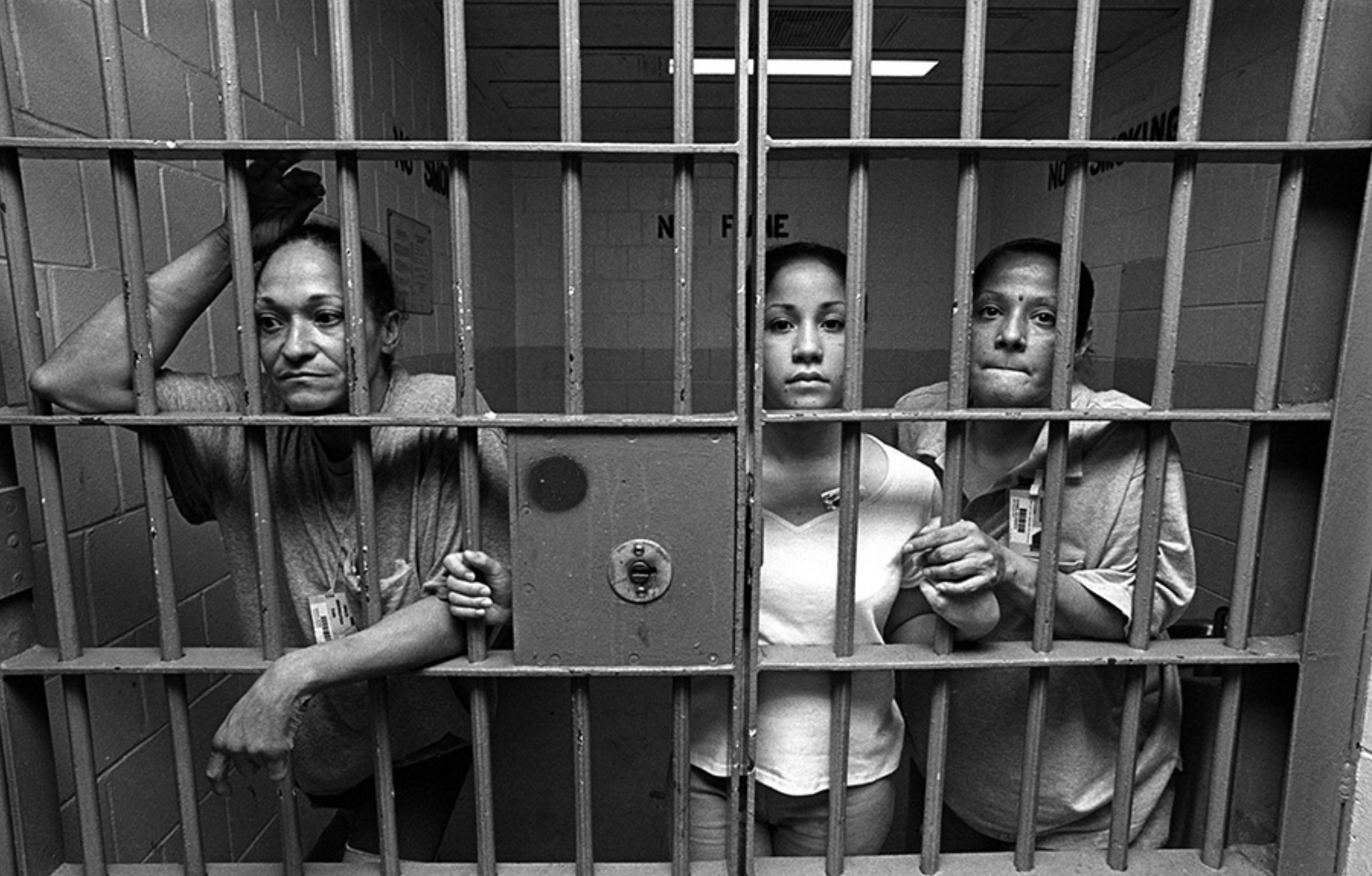
Introduction
Women make up only a small portion of the prison population; however, the growth of women in prison in the 2010s has outpaced the growth of male prisoners. Not only are women a growing prison population, they are also a unique prison population. Women prisoners, compared to their male counterparts, are more likely to have histories of abuse and neglect and have greater incidents of substance abuse and mental health concerns. Women prisoners are also more likely to be the primary caretakers of children under the age of eighteen. The incarceration of women, then, has a substantial impact not only on the women who experience it, but on their families. Women prisoners also pose a unique challenge for correctional officials. The NZ correctional system was developed for males and is staffed and run largely by men. As such, risk assessment tools and in-prison programming do not consider the special needs of women prisoners. However, when programming takes into consideration women’s unique pathways into crime, they are much more effective. This article considers, in turn, each of these issues, beginning with a historical understanding of women’s prisons. Next the common reasons as to why women are in prison, where prisons are today, the disproportionality of Maori and Pasifika within the Aotearoa prison system then finally the portrayal of female prisoners in the media.
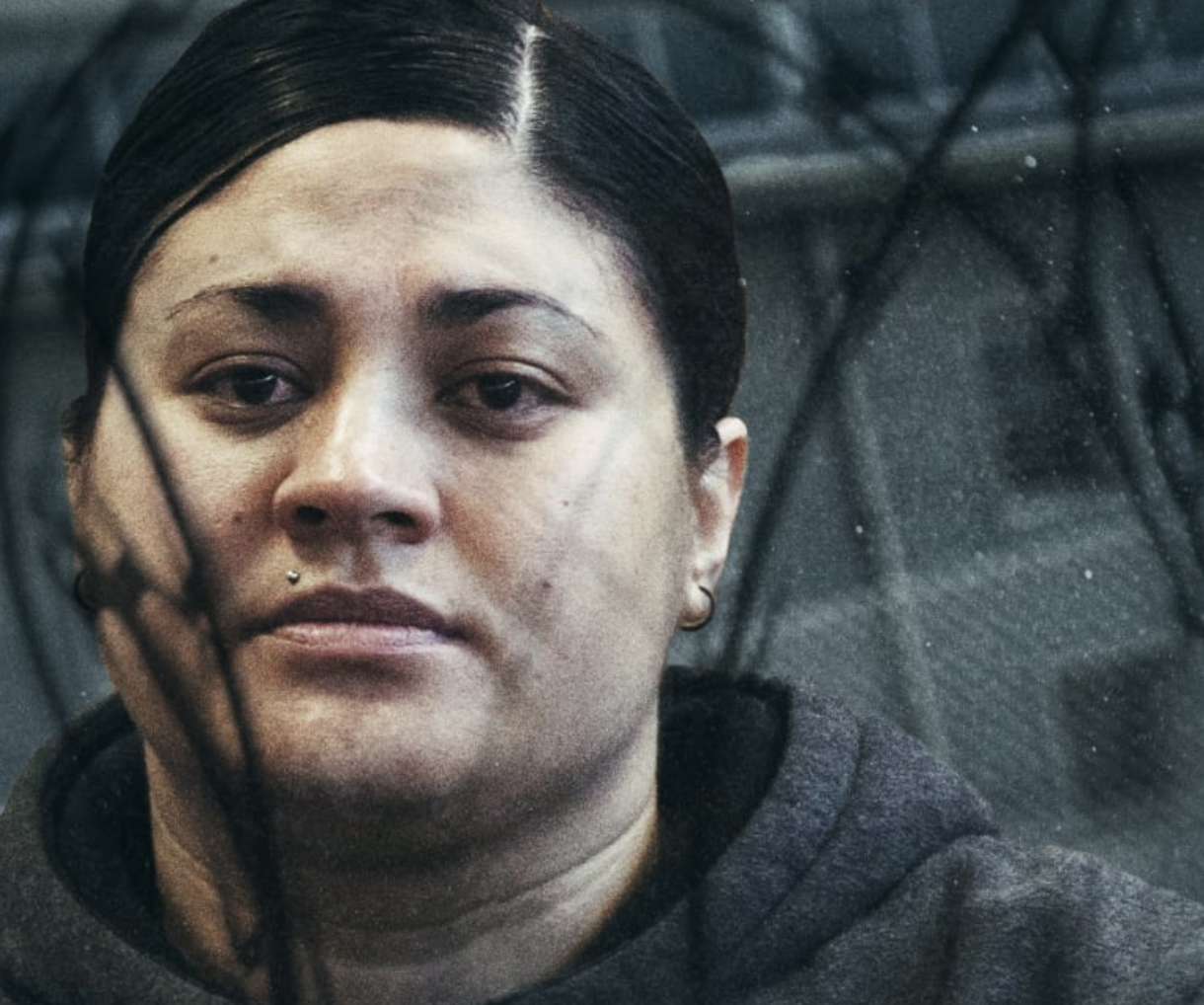
19th century
Women have always made up only a small proportion of prisoners in New Zealand. In the 19th century, few New Zealand jails had separate facilities for female prisoners. Women were open to harassment from both warders and fellow prisoners. Until the appointment of matrons in some prisons in the 1860s, most prison staff were men. Women were sometimes imprisoned with their small children, who were placed in extremely vulnerable situations.
While relatively few women were imprisoned, female prisoners were widely regarded as incorrigible ‘degenerates’, beyond hope of reformation. Prostitutes often featured among the women prisoners, particularly those known as ‘rowdy women’, who lived lives of public drinking and disorderly behaviour.
Separate facilities
In the 1890s groups such as the Women’s Christian Temperance Union and the National Council of Women argued that separate prisons should be established for women. Arthur Hume, the inspector general of prisons, rejected this idea on the grounds that there were too few women prisoners.
In 1913, four years after Hume retired, New Zealand’s first women’s prison was established at Addington. A women’s reformatory was opened at Point Halswell, Wellington, in 1920. Arohata Girls’ Borstal (later Arohata Women’s Prison) was opened in 1944. Most women continued to be held in separate sections of mixed prisons. The assumption remained that most female offenders were incorrigible habitual criminals – so the pace of reform for women prisoners was even slower than that for men. The training programmes in women’s prisons were geared towards domestic tasks, with the assumption that women should be mothers and homemakers.
Expansion of facilities, 1950–90
The women’s prison at Addington was closed in 1950. Women prisoners were then held in special sections of Paparua, Mt Eden and Dunedin prisons. In the 1960s plans to build new women’s prisons were put on hold while Pāremoremo was being built. Women inmates at Dunedin Prison rioted in 1964, in disgust at poor conditions. A new women’s prison was opened at Paparua, near Christchurch, in 1974. There were some complaints that, as the majority of prisoners came from the North Island, the location made it difficult for families, particularly children, to visit.
Arohata continued as a girls’ borstal but was converted into a youth prison in 1981 and a women’s prison in 1987.
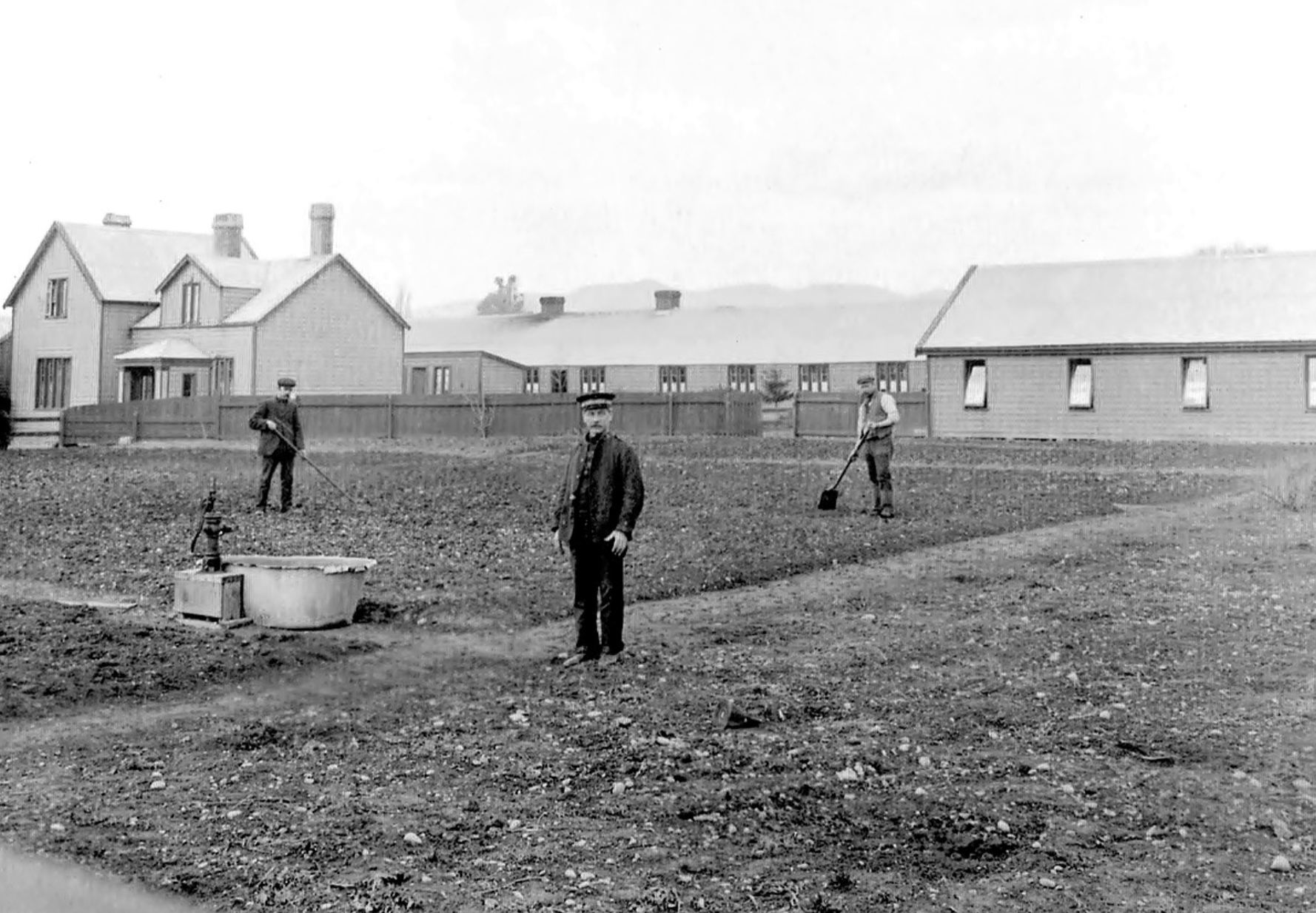
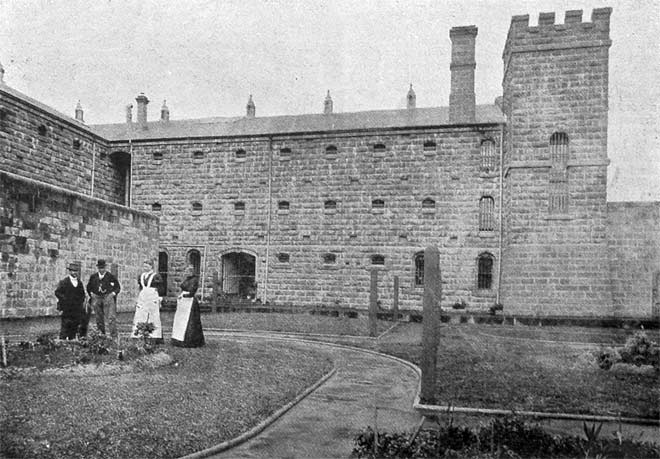
Why are Women Incarcerated in New Zealand?
In New Zealand, Females are less represented in the criminal justice system and are less likely to be offenders or prosecuted when compared to Males. In 2021 alone, 79% of individuals convicted of crimes were male.
The females that are convicted, are most commonly convicted of crimes related to substance abuse. Females aged 20-24 are also incarcerated more than any other age group as shown in the figure below.
For women, violent crimes such as homicide are most likely tied to a reaction to violence itself such as conflict and abuse or it is their first offense.
However, most female offenders in New Zealand are described as ‘non-threatening, poor and uneducated’ as their criminality is tied to surviving poverty, abuse, trauma, and substance abuse.
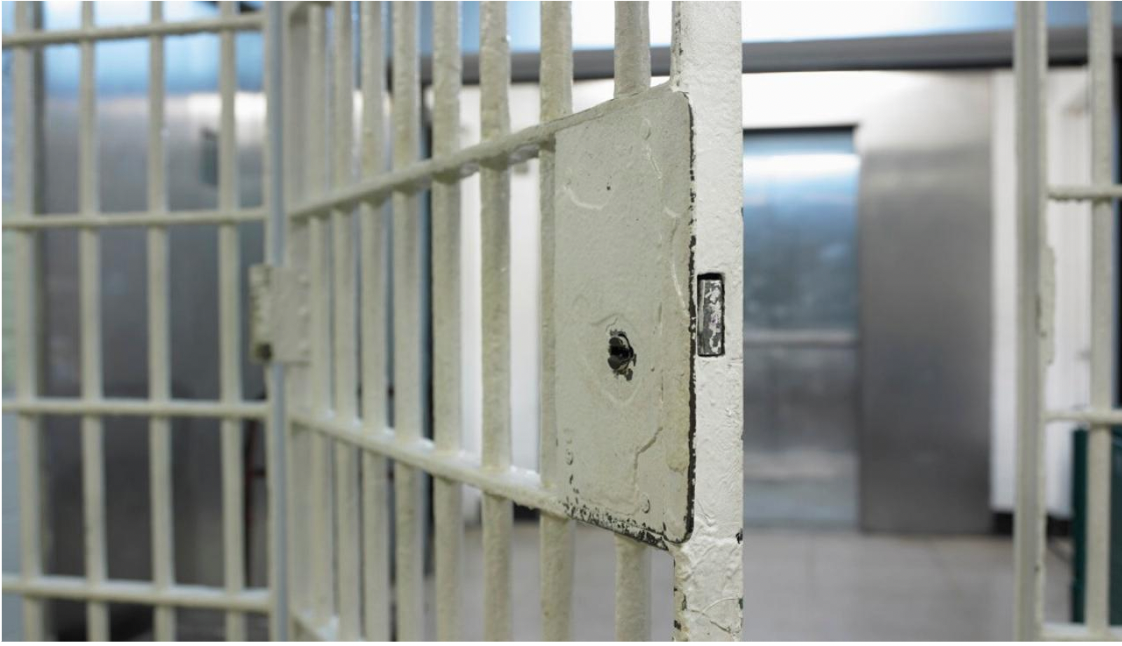
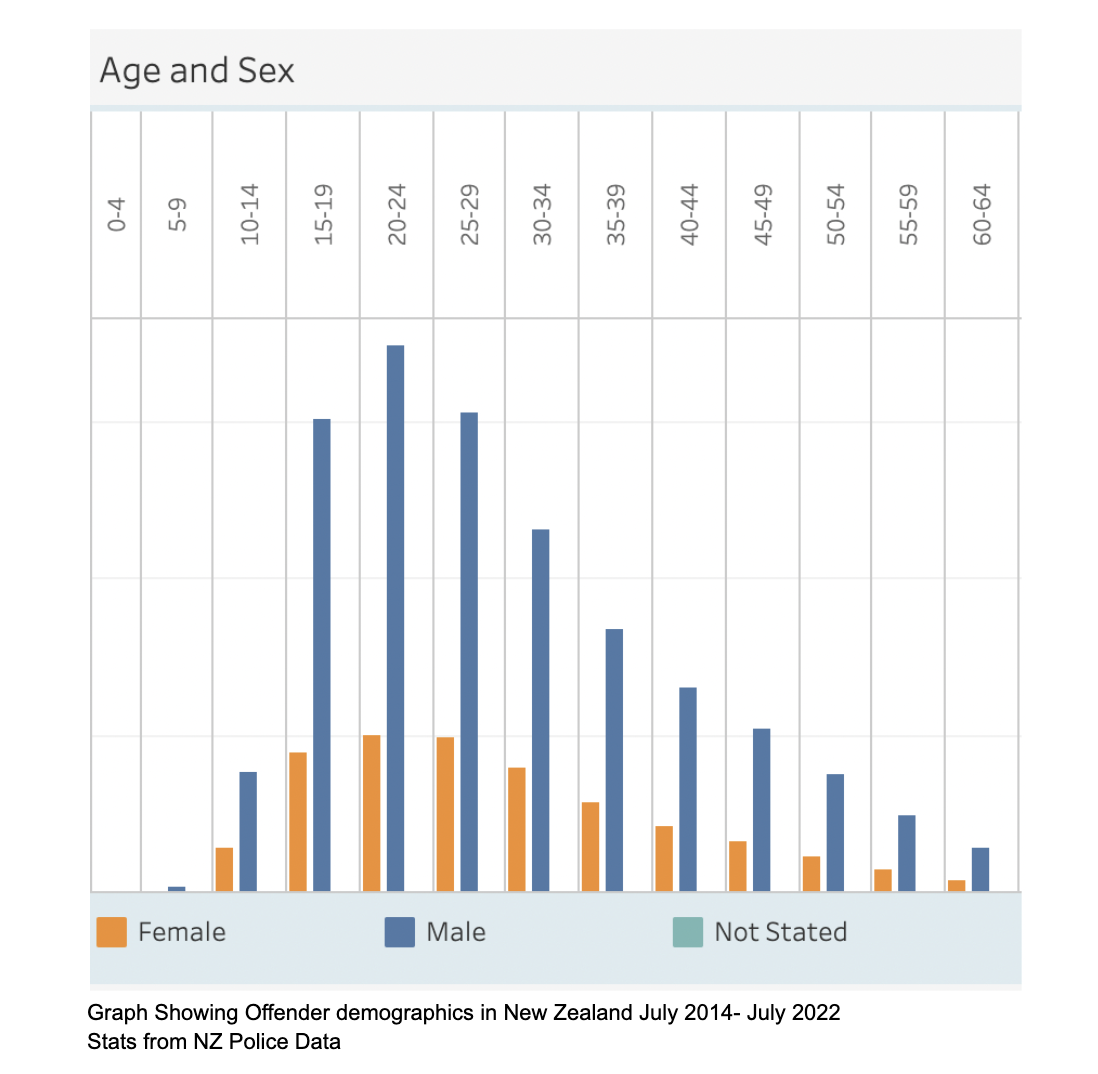
Where are women's prisons today and how can we make them better?
Here in New Zealand only 3 out of the 18 prisons that we have are for women, with one in each major city: Auckland, Wellington and Christchurch. In terms of improvements that have been or are being made to prisons in Aotearoa, a lot of it has to do with the prison’s infrastructure rather than the prisoners themselves.
In cases where there is talk of improvement to reducing the amount of people in prisons, the discussion and strategies are centered around men with little to no acknowledgement of female offenders, which is ironic seeing as how it is Maori women who are the most incarcerated population, not just in New Zealand but in the world. We believe that prisons should be as rehabilitative as they are ‘corrective’ (punitive), especially when it comes to women.
Ways in which this can be carried out can include providing offenders with regular therapy sessions and counseling, a lot of women who end up in prison are typically first-time offenders and are usually there for fighting back, typically in domestic situations. Some women enter prisons with a long history of abuse and/or mental health issues, so these therapy sessions/counseling is what will really help them in not just getting over and overcoming what they've done and what has happened to them but also discourage them from re-offending.
Prison cell at Arohata, 1983.
Maori and Pasifika women in prison
A fact that most do not know or that a lot of New Zealanders tend to ignore is that despite Maori only making up 17.1% of the population (as of June 30 202), Maori women alone make up 63% of New Zealand's female prison population. So while New Zealand has definitely failed women in prisons it has failed women of colour even more.
The treatment of women of colour has been scrutinized very closely in the media with more and more articles being made about the mistreatment of Maori and Pasifika women in New Zealand's prisons. With reports shedding light on how Maori and Pasifika are subject to prolonged solitary confinements as a means of punishment.
For a lot of Maori and Pasifika women, prisons become more than just a place of confinement, more often than not women of colour are faced with having to feel a sense of disconnection with their cultural identity. Prisons strip them of their inherent mana and even after serving time, they can find it hard to regain that sense of culture and identity.
So while women in prison are often a very forgotten demographic, this is exacerbated by the incarceration of women of colour.
"The rate for Māori women inmates has actually grown since the 1980s from less than 20 percent to nearly 60 percent of the total female prison population."
The Treatment of Women in Aotearoa Prisons
Prisons have been debilitating to an individual's mental health as well as dehumanising, Awatea Mita (a former prisoner) stated. She describes the prison system as a place that allows the officers to do as they please. She reported her experiences that wāhine Māori are particularly at risk and comments on some of the mistreatment her and her cellmates had and continue to experience. Awatea notes that she watched four guards hold down a woman whilst they removed her underwear against her will. Human rights, in this case, have been completely removed from this horrifying experience.
The Human Rights Commission report discovered that one wāhine Māori prisoner was charged with ‘assault against an officer’ for simply throwing an orange peel that happened to hit a guard. Prisoners have also complained about having their phone privileges off them for no reason and being locked in their cells for more than 15 hours on end for months at a time.
“The only explanation I could come up with was that it’s a combination of racism and sexism that leads to this ‘she’s a little woman, we’re going to discipline her" Sharon Shalev, a research associate at the Centre for Criminology at the University of Oxford, told Stuff.
“Incarcerated women are amongst the most disadvantaged in our society. These excessively punitive and damaging practices revealed in the report must end. All women in our prisons deserve to be treated with respect for their inherent mana and dignity”
What measures are being put in place to reduce the mistreatment?
The investigation into women's prisons has been exhaustive work. Within the last two years the government has been performing and remodelling a woman's strategy in hopes of a significant transformation.
"There's a point in time that I think we have already acknowledged was not good enough ... the actions we were doing, the approaches we were adopting, the consequences for those women who were being managed in that way was not okay.” Saunoamaali'i Dr Karanina Sumeo told Stuff
Sharon Shalev looked into the ways that Intervention and Support Units (ISUs) where for their own safety women are sent. She found that the treatment of women under the ISUs care is inhumane. She states that, women are being constantly punished for even the smallest of things and Māori and Pasifika tend to take the brunt of this punishment. There is a considerable and worrying gap between the policy and what's really happening behind closed doors. She also states that until the government puts a proper and effective plan in action we need to protect the wahine from harm because at this moment they are not. Dr Karanina Sumeo the Human Rights Commissioner Saunoamaali’i states that she is worried for the wahine in prisons as she is confident they are not treated as if they are humans and urgent transformation is required now.
In May 2021, Stuff reported that a woman was shackled to her bed during childbirth and after labour. Although corrections said they would stop this behaviour it is unclear if this has been put into effect.
Sharon Shalev also mentions that wahine prisons are often subjected to unnecessary strip searches as well as the use of pepper spray and the application of restraints. Women prisoners have also come forward and explained how they were subjected to solitary confinement for more than 15 days at a time which is in fact illegal. Shalev mentions that action in women's prisons needs to be done now, enough research and wahine have come forward and it is clear there is a never-ending problem.
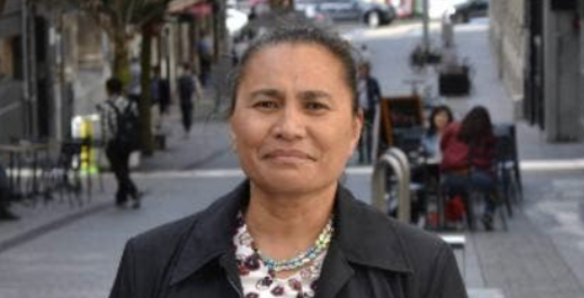
The portrayal of female prisoners in the media
The popularity of crime-based television and film reflects the public's interest in crime and criminal justice processes, such as the popular Netflix show Orange is the New Black. However, research has documented that fictional media often has real-world implications, including shaping viewers' attitudes and perceptions of the role of women in crime and criminal justice processes. There has been a growing recognition among scholars that fictional portrayals of women as victims, offenders, and professionals in the criminal justice system tend to be inaccurate, exaggerated, and stereotypical in nature. Female victims are depicted with character flaws, encouraging the audience to blame them for their experiences of victimisation; while female offenders' proclivity for violence is often exaggerated and motivated by female desires. Even in the role of a criminal justice professional, women are characterized by traditionally feminine traits (e.g., nurturing, flirtatious) and are often viewed as less competent than their male counterparts.
References:
Espiner, G. (2021). Treatment at Auckland Women’s Prison ‘degrading’ and ‘inhumane’ - judge. [online] RNZ. Available at: https://www.rnz.co.nz/news/in-depth/436881/treatment-at-auckland-women-s-prison-degrading-and-inhumane-judge [Accessed 22 Sep. 2022].
Duff, M. (2021). Treatment in women’s prisons ‘degrading’, urgent action needed - report. [online] Stuff. Available at: https://www.stuff.co.nz/national/300445524/treatment-in-womens-prisons-degrading-urgent-action-needed--report [Accessed 22 Sep. 2022].
Peter Clayworth. (2012, June 20). Women in prison. In The Encyclopedia of New Zealand. Retrieved September 15, 2022, from https://teara.govt.nz/en/prisons/page-6
Leigh, K. (n.d.). Incarcerated Women’s Views on Orange Is the New Black [Honours]. University of Colorado at Boulder.
Northcutt Bohmert, M. (2019, April 24). Gender and Incarceration. Sociology. https://doi.org/10.1093/obo/9780199756384-0222
Shalev, S. (2021, November 9). New Zealand prisons are "Failing women" as new report reveals Māori and Pacific women disproportionately segregated. Oxford Law Faculty. Retrieved September 21, 2022, from https://www.law.ox.ac.uk/news/2021-11-09-new-zealand-prisons-are-failing-women-new-report-reveals-maori-and-pacific-women
Quince, K. (2019). The Bottom of the Heap? Why Maori Women are Over-Criminalised in New Zealand.
New Zealand human rights commission . (2021, November 4). Prisons are "Failing women" as new report reveals Māori and Pacific women disproportionately segregated. Scoop. Retrieved September 21, 2022, from https://www.scoop.co.nz/stories/PO2111/S00032/prisons-are-failing-women-as-new-report-reveals-maori-and-pacific-women-disproportionately-segregated.htm
References
Female offenders. (2016, December 5). Ara Poutama Aotearoa | Department of Corrections. https://www.corrections.govt.nz/resources/research/risk-assessment-of-recidivism-of-violent-sexual-female-offenders/female-offenders
Inmates at New Zealand's largest women's prison neglected due to 'punitive culture', lack of staff, review finds. (2020, September 7). Newshub. https://www.newshub.co.nz/home/new-zealand/2020/09/inmates-at-new-zealand-s-largest-women-s-prison-neglected-due-to-punitive-culture-lack-of-staff-review-finds.html
(2022). Ministry of Justice | New Zealand Ministry of Justice. https://www.justice.govt.nz/assets/Documents/Publications/0hyv25x-Justice-Statistics-data-tables-notes-and-trends-dec2021-v3.0.pdf
Proceedings (offender demographics). (n.d.). New Zealand Police. https://www.police.govt.nz/about-us/publications-statistics/data-and-statistics/policedatanz/proceedings-offender-demographics
